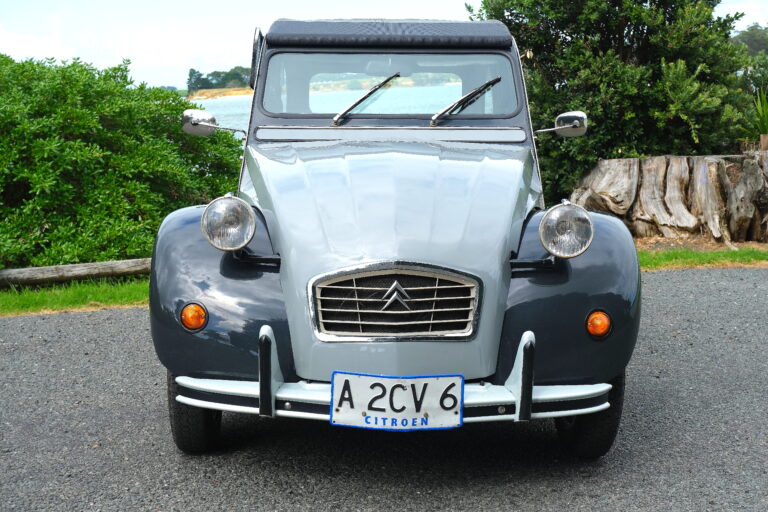Just over a month ago, Lotus Cars talked about the reveal of a new car at the 2015 Geneva International Motor Show. This new model was stated to remain true to Lotus’s core pillars of lightness, performance, and driving purity. First impressions are promising.

The Lotus Evora 400 is the car in question, and is said to be faster and lighter than the previous model, promising a more engaging drive than the already exciting Evora S.

The supercharged 3.5-litre Toyota 2GR-FZE V6 engine is carried over, but has been completely re-engineered, now producing 400hp and 302lb·ft. The 0–100kph sprint is achieved in a brisk 4.2 seconds, and given the room the Evora 400 will run to a top speed of 300kph. These performance gains have allowed the Evora 400 to lap Lotus’s Hethel test track six seconds faster than the previous-generation Evora.

Compared to the previous model, the Evora 400 also weighs in at 22kg less, thanks to clever design work. A new aluminium chassis and redesigned composite body aid in achieving a weight reduction, lower coefficient of drag, and also allows for a brand-new interior — no doubt welcome news for owners of the previous model Evora.



